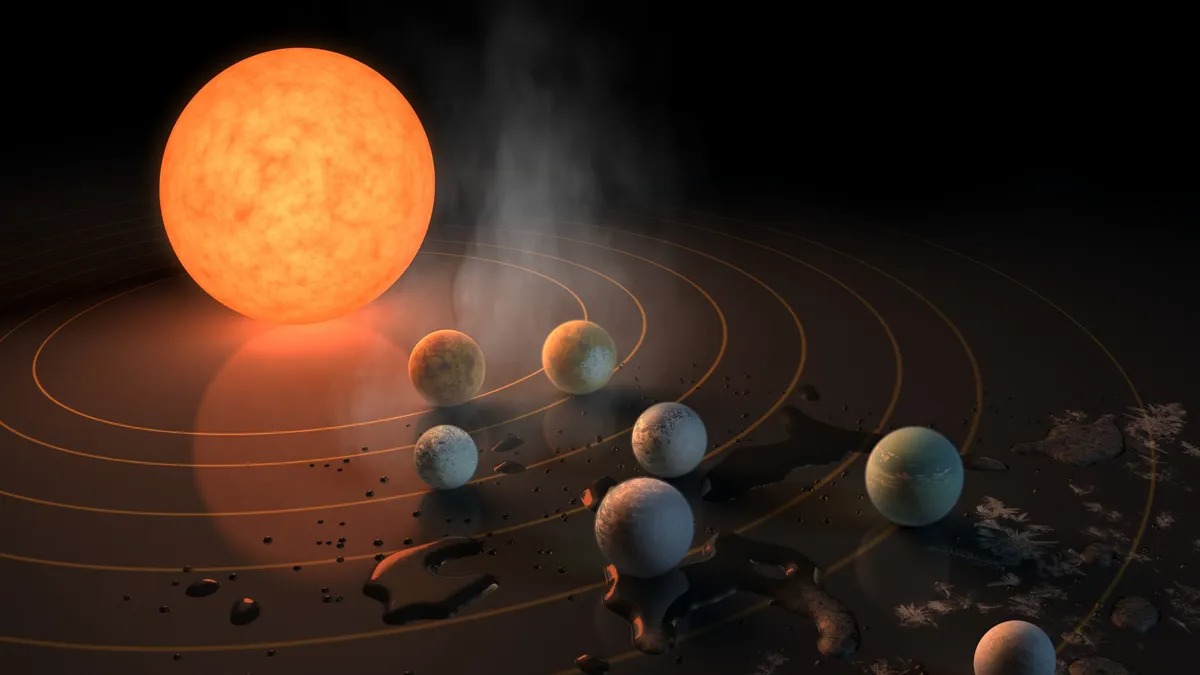Humanity is diligently looking for at least some signs of extraterrestrial life. Scientists are exploring both planets in our Solar System and exoplanets beyond it. So far, these searches have been unsuccessful. But a team of astrobiologists has proposed a new way that would increase these chances. They suggest looking for nitrous oxide, known as “laughing gas”, on distant planets.

On Earth, nitrous oxide is used as anesthesia for local anesthesia, for example, in dental treatment. When inhaling the “laughing gas”, patients stop feeling pain, and it also causes laughter and raises the mood. But scientists don’t see anything funny in their proposal. Nitrous oxide, according to space researchers, may be an important biosignature that may indicate the existence of life in the atmospheres of exoplanets.
“Previously, we were focused on searching for oxygen or methane as the main biosignatures. But now we have noticed another biosignature – the presence of nitrous oxide,” explained astrobiologist Eddie Schwieterman from the University of California.
Nitrous oxide can be produced by microorganisms on Earth. However, its concentration in our own atmosphere is small. But this does not take into account the periods in the history of the Earth when there were much more N2O emissions from the activity of bacteria on the planet.
Schwieterman’s team created computer models to investigate how living organisms can generate nitrous oxide on other planets. As a result, scenarios have been discovered where the gas can act as a noticeable biosignature. Researchers suggest that observatories such as the James Webb Space Telescope, capable of studying the atmosphere of exoplanets, can be used to search for nitrous oxide. The nearby Trappist-1 star system, where promising Earth-sized planets are located, will be a good testing ground for testing this idea.
Earlier we reported on how RNA precursors were found in the center of the Milky Way.
According to the materials of the University of California
Follow us on Twitter to get the most interesting space news in time
https://twitter.com/ust_magazine

